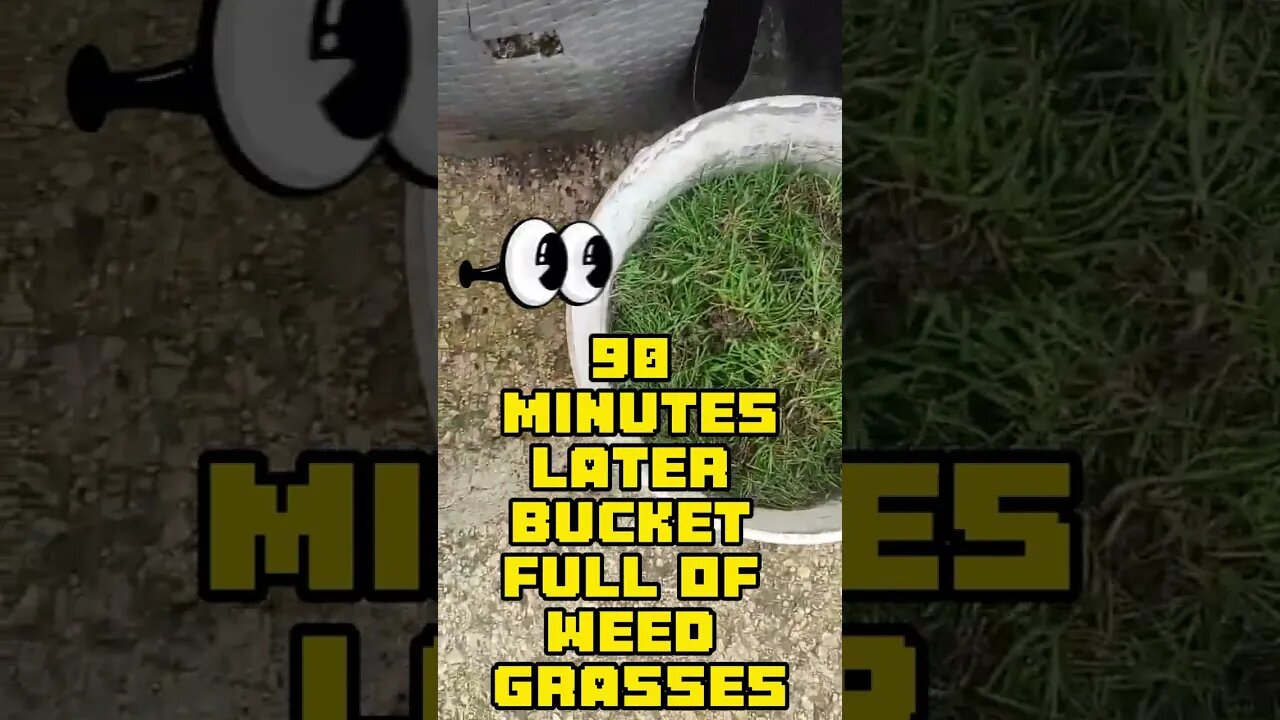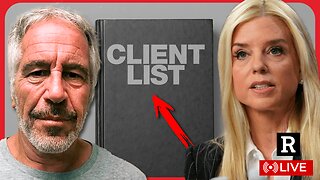Premium Only Content

29.08.23 sneak peak pro #plugger delivered 2day bucket of weed grass #lawncare #barenbrug #rpr #lawn
our pro plugger turned up today paid out of our own pocket
will be testing it soon watch this space
bucket of poa grasses 90 minutes to fill it up 1 of 3 we've done in 7 days
subscribe to the channel too see the video
please use the link below please
amazon link
https://amzn.to/45IVnzu
Mowing: Regular mowing is crucial to keep the grass at an optimal height. The frequency of mowing will depend on the type of grass and its growth rate. Generally, mowing once a week is sufficient during the growing season.
Watering: Lawns need adequate water to stay healthy. The amount of watering required depends on factors like climate, soil type, and grass species. It's best to water in the early morning or late evening to minimize evaporation.
Fertilizing: Lawns benefit from periodic fertilization to ensure they receive essential nutrients for growth. Different types of grass may have varying fertilization schedules, so it's essential to know the specific needs of the grass on your lawn.
Weed Control: Unwanted weeds can compete with grass for nutrients, water, and sunlight. Regular weeding and the use of weeds for lawns weed killer(if necessary) can help keep weeds in check.
Aeration: Soil can become compacted over time, hindering the flow of air, water, and nutrients to the grass roots. Lawn aeration involves creating small holes in the soil to alleviate compaction and promote better root growth.
Seeding and Overseeding: To fill in bare patches or improve the overall density of the grass, overseeding with appropriate grass seed can be done during the growing season.
Pest Control: Pests, such as insects and diseases, can damage the lawn. Integrated pest management techniques can be employed to identify and address pest issues effectively.
Leaf and Debris Removal: Regularly removing leaves and debris from the lawn prevents them from suffocating the grass and creating an environment for pests and diseases.
Winter Preparation: In colder climates, lawns may require specific preparations before winter, such as applying winterizing fertilizers and cutting the grass slightly shorter.
Avoid Overwatering: Excessive watering can lead to shallow root growth and make the lawn more susceptible to diseases. Use proper watering techniques and pay attention to local water restrictions.
Know Your Grass Type: Different grass species have varying care requirements. Understanding the type of grass on your lawn will help you tailor your lawn care practices accordingly.
Remember that lawn care is an ongoing process and requires consistent attention throughout the year. Maintaining a healthy lawn involves a combination of proper mowing, watering, fertilizing, and being proactive in addressing potential issues.
-
 27:28
27:28
Glenn Greenwald
9 hours agoGlenn Reacts to Trump's Gaza Take Over: System Update Special
155K266 -
 2:13:49
2:13:49
Melonie Mac
5 hours agoGo Boom Live Ep 36!
68.8K9 -
 1:02:11
1:02:11
Sarah Westall
5 hours agoFreezing USAID & its Operations in Ukraine: A Massive Money Laundering Organization? w/ Sam Anthony
68.2K9 -
 2:05:35
2:05:35
Space Ice
9 hours agoSpace Ice & Redeye: Neil Breen's Pass Thru
28.3K1 -
 1:00:23
1:00:23
The StoneZONE with Roger Stone
5 hours agoRoger Stone Talks Trump’s Electric First 100 Day Agenda | The StoneZone w/ Roger Stone
29.2K8 -
 DVR
DVR
Redacted News
8 hours agoBREAKING! EPSTEIN LIST INCOMING UNDER AG PAM BONDI? DEMOCRATS FREAKING OUT, PRINCE ANDREW NERVOUS
180K249 -
 52:02
52:02
Candace Show Podcast
11 hours agoBecoming Brigitte: An Inaccessible Past | Ep 2
168K246 -
 2:07:26
2:07:26
2 MIKES LIVE
9 hours ago2 MIKES LIVE #176 News Breakdown Wednesday!
29.3K2 -
 1:39:11
1:39:11
I_Came_With_Fire_Podcast
10 hours agoGAZA TAKEOVER | USAID EXPLAINED | TARIFF TAKEDOWN
48.4K8 -
 37:14
37:14
The Based Mother
10 hours ago $1.49 earnedFULL OF IT! Crooked politicians say they care about children. Their actions tell a different story.
30.5K5